Maintaining a beard requires a lot of hard work. It requires a consistent regimen of care, proper use of tools, and good habits. This grooming bit is the difference between rugged charm and messy neglect for either growing a first beard or maintaining an established look. Consider these beard grooming tips every man should have under his belt.
1. Keep It Clean
Beards trap dust, sweat, and food throughout the day, but for Black men with textured beards, cleansing needs depend on activity level and climate, not a fixed “1–2 times per week” rule.
If you sweat daily, work out, or live in a hot/humid area: Rinse or co-wash after sweating to remove salt and bacteria without stripping moisture.
Full beard wash with a gentle, sulfate-free formula: 1–2 times a week depending on buildup.
Skip regular hair shampoo: It’s too harsh for facial hair and skin, and will strip the natural oils that prevent dryness and flakiness.
On non-wash days: Rinse with lukewarm water and follow with a water-based leave-in or conditioner to keep hair soft.
Why it matters for textured beards: Regular rinsing keeps sweat, salt, and bacteria from irritating the skin or feeding Malassezia yeast (which causes beardruff), while still protecting the natural oils your beard needs.
2. Hydrate and Condition
Dry beards break easier, frizz more, and develop split ends, but hydration for Black men’s textured beards means separating hair care from skin care.
For the beard hair: Use a water-based leave-in conditioner or an aloe-led rinse-out conditioner daily or after rinses. This keeps the hair soft, flexible, and less prone to breakage. Oils alone can’t hydrate, they only seal in existing moisture.
For the skin under the beard: Apply a water-based humectant like hyaluronic acid serum first, then seal lightly with a yeast-safe oil (jojoba or squalane). Avoid coconut, olive, and argan oils on skin, they can feed Malassezia yeast and worsen beardruff or irritation.
When to apply: After showering or rinsing, while the beard is still slightly damp, moisture gets locked in.
Key difference from mainstream advice:
You’re not dumping a few drops of oil on everything and calling it hydration, you’re giving hair and skin what each one actually needs, then sealing in that moisture without suffocating the skin.
3. Trim Regularly
Even if you’re growing a longer style, regular trimming maintains shape and removes damaged ends. Use a pair of sharp beard scissors or a trimmer with adjustable guards. Define your neckline and cheek line for a clean, intentional look, and don’t be afraid to visit a barber for a professional shaping session every few weeks.
4. Comb or Brush Daily
A wooden beard comb or boar bristle brush helps detangle knots, train hairs to grow in the desired direction, and evenly distribute oils. Brushing also exfoliates the skin beneath, reducing beard dandruff (also known as “beardruff”).
5. Nourish From Within
Beard health starts on the inside. A balanced diet rich in protein, vitamins (like biotin and vitamin E), and omega-3 fatty acids promotes strong, healthy hair growth. Staying hydrated and getting enough sleep are equally important for preventing dullness and breakage.
6. Address Patchy Growth
If your beard has uneven areas, don’t panic. Patience is key, hair grows at different rates. Consider using a derma roller to stimulate follicles, or style your beard in a way that blends patches naturally. In some cases, targeted beard growth serums and supplements can help.
7. Match Your Beard to Your Lifestyle
Your beard should complement your daily routine. If you work in a formal setting, a neatly trimmed, shorter style might be best. For more casual environments, you may opt for a fuller, longer look. Always factor in how much time you can realistically commit to maintenance.
8. Protect Against the Elements
Sun, wind, and cold can still affect your beard but for Black men’s textured beards, the approach is different.
SPF in beard hair isn’t needed. The hair itself already blocks UV from reaching the skin underneath in most cases. If you’re concerned about sun exposure, apply SPF only to exposed skin like your cheeks, neck, and any visible beard lines.
Summer: Focus on keeping sweat, salt, and dust rinsed out with a co-wash or quick rinse. Use a lightweight, water-based leave-in to prevent dryness without weighing the beard down.
Winter: Switch to richer conditioning and sealing. After hydrating, use whipped shea or a shea-based balm to protect ends from cold air and indoor heat, which can make textured beards brittle.
Bottom line
Protect your skin with SPF where it’s exposed, and protect your beard from dryness with moisture and sealing, not sunscreen in your beard balm.



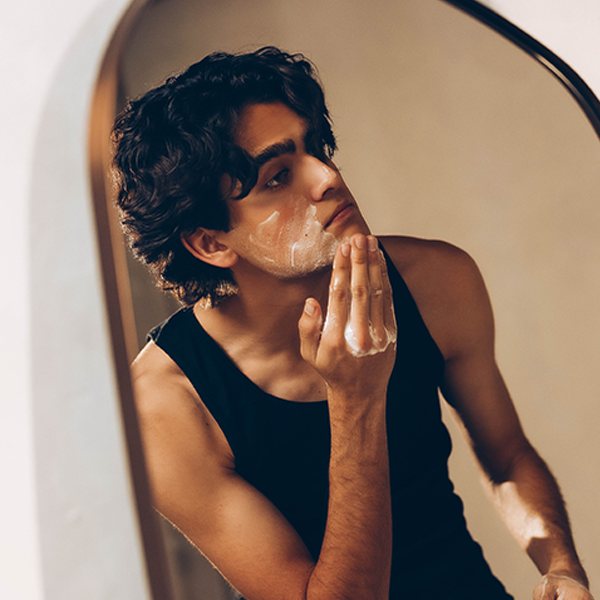
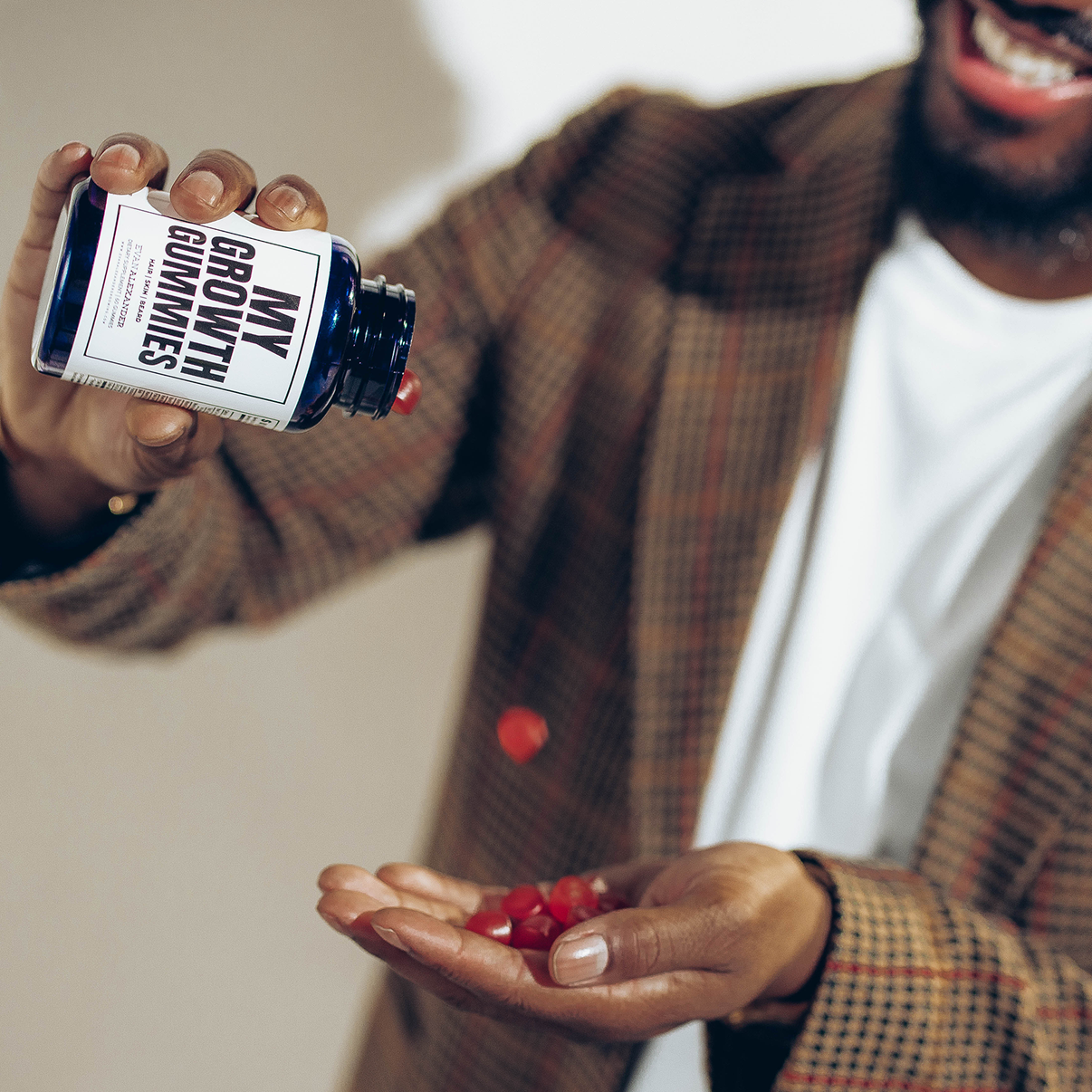
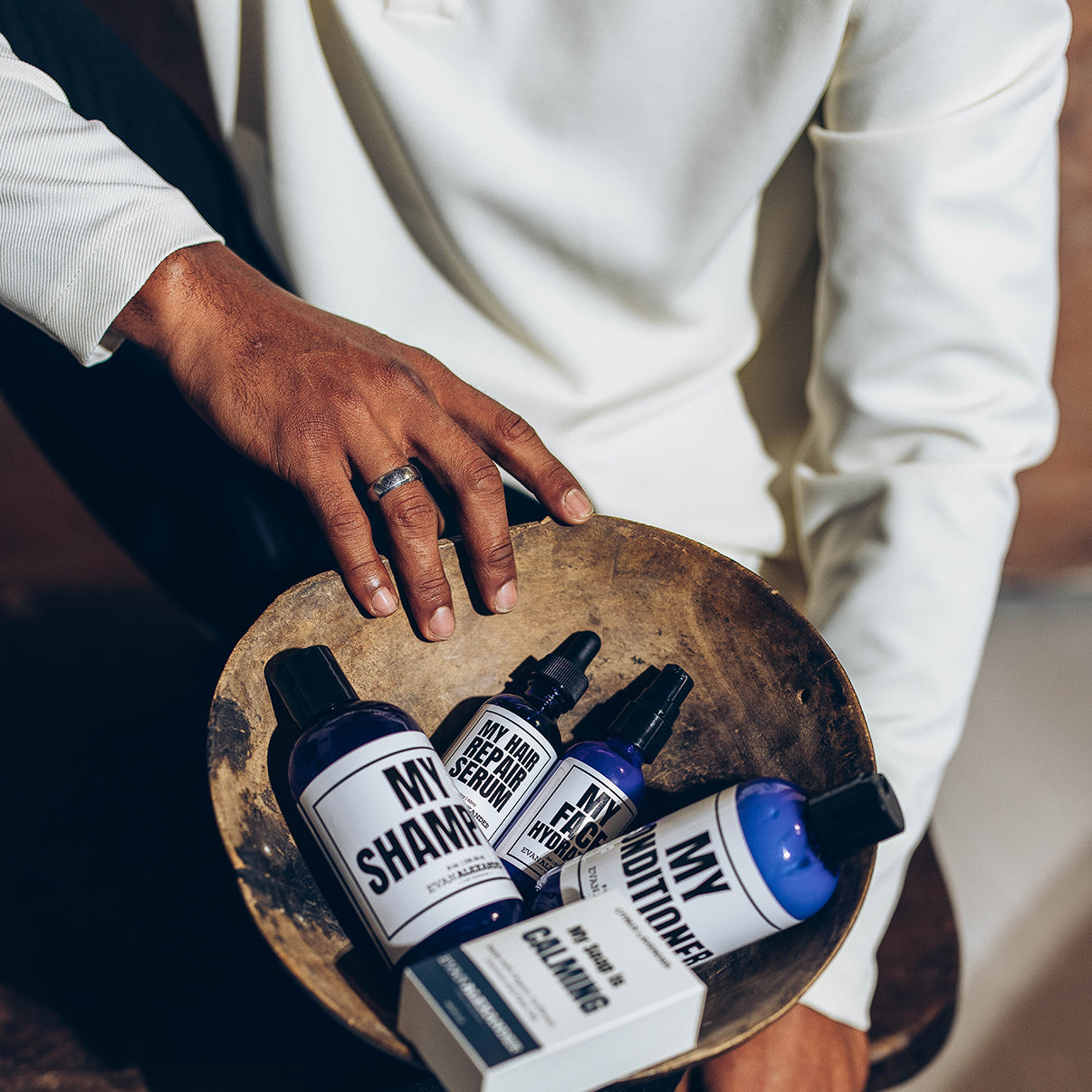
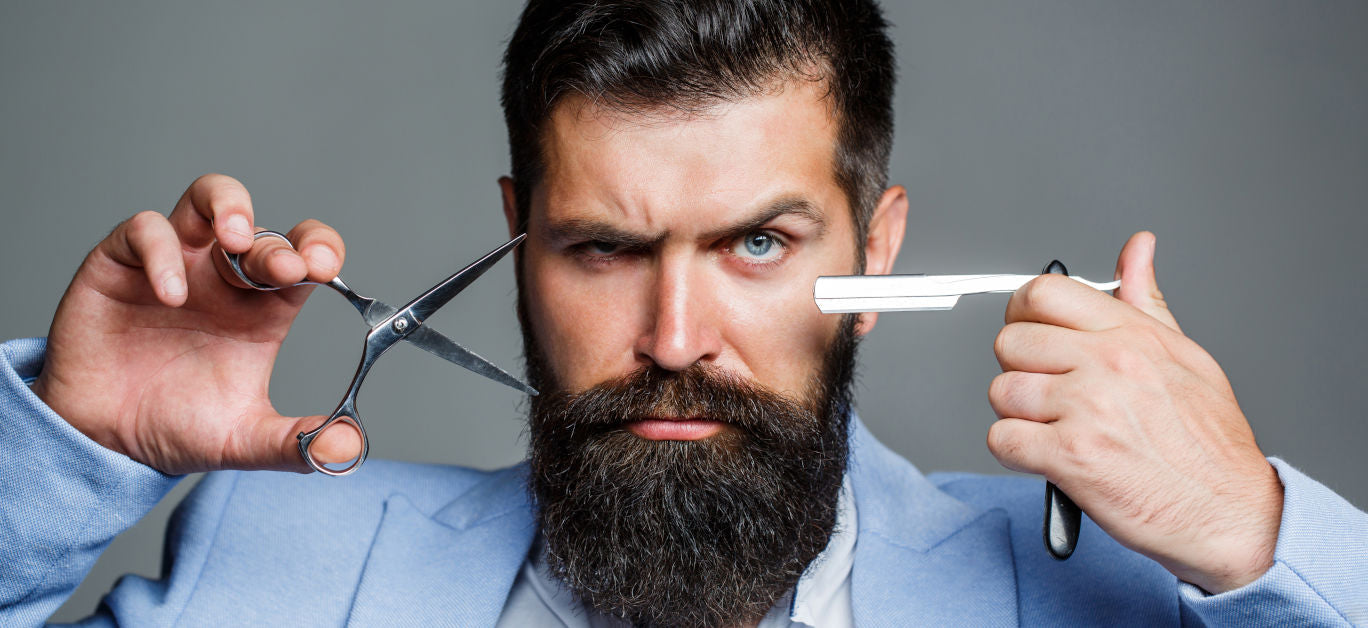
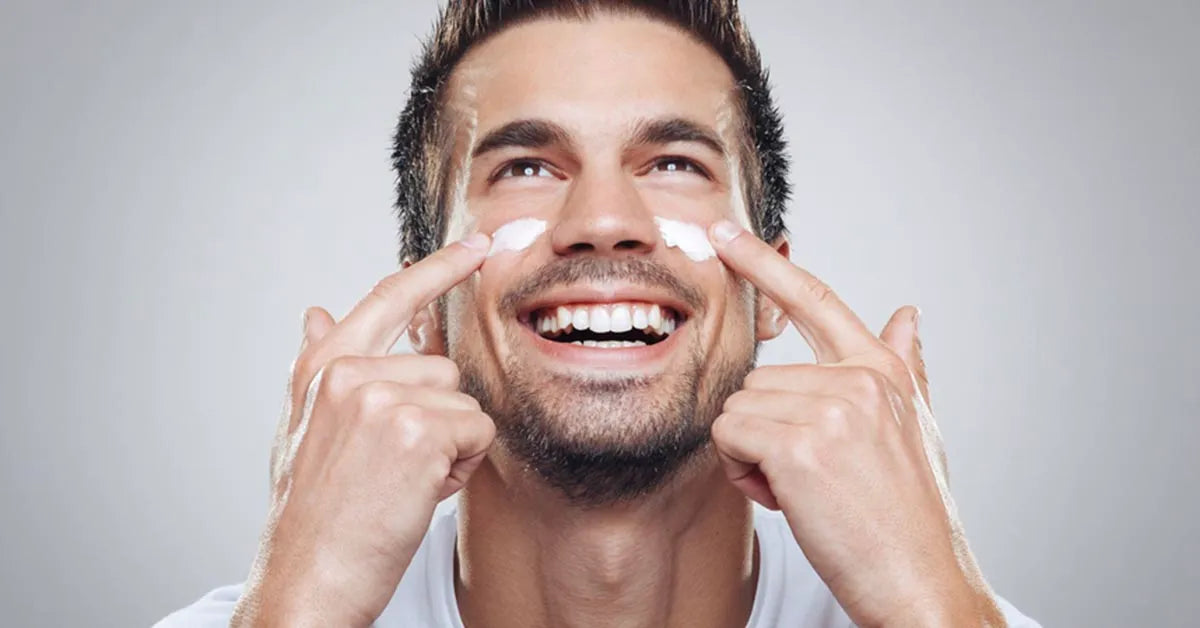
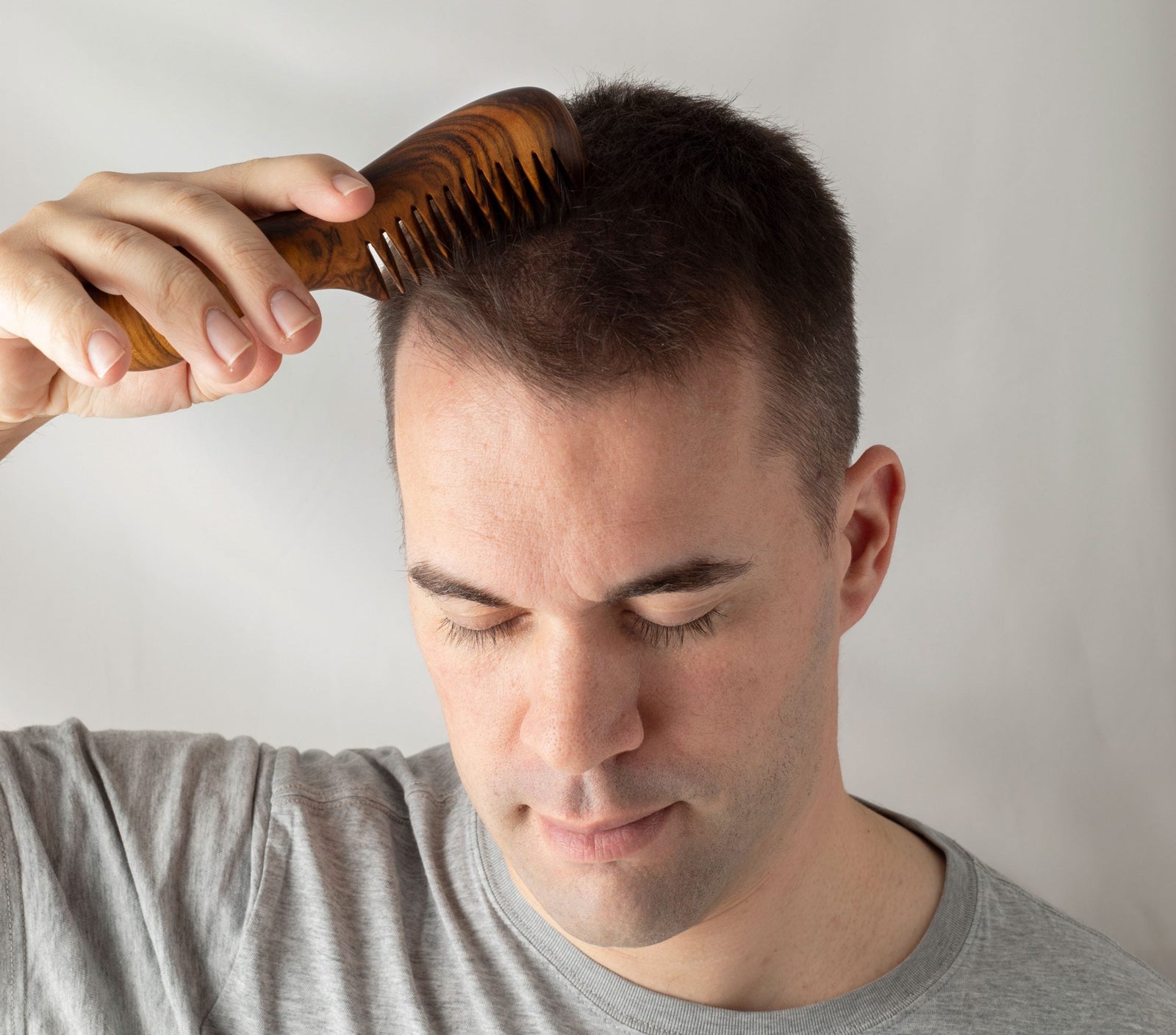

Leave a comment (all fields required)